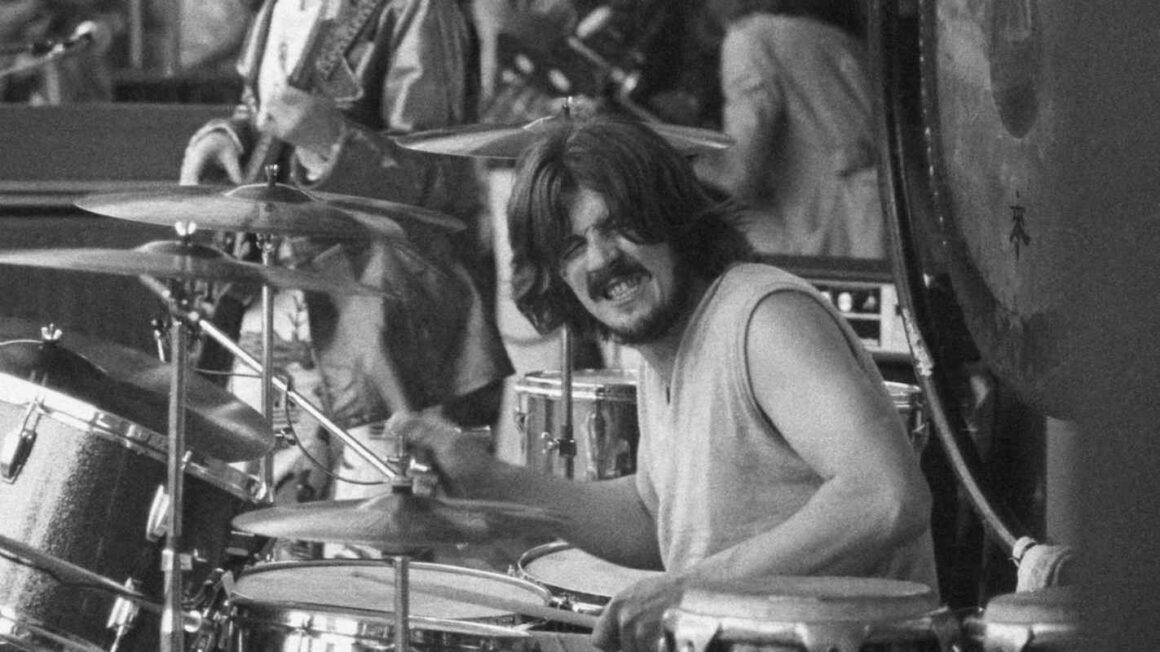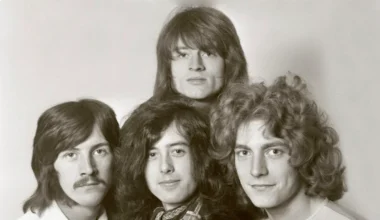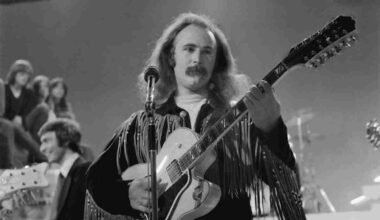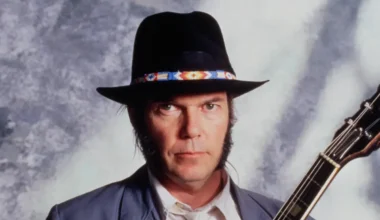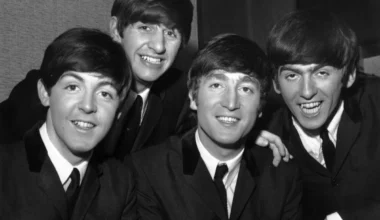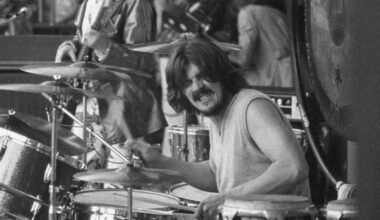John Bonham, Led Zeppelin’s rhythmic powerhouse, is widely celebrated as one of history’s greatest drummers. Although he passed away at 32 in 1980, his legend endures, with fans and critics alike praising his innovative style, which still defines rock drumming today. While Bonham rarely boasted about his own talents, those close to him believe he might have quietly accepted his legacy as a legendary musician.
The list of iconic drummers includes names like Neil Peart, Ginger Baker, Dave Grohl, and Keith Moon, but few reach Bonham’s unique level. Known for his power, precision, and groove, Bonham’s style was a blend of rock, jazz, and global rhythms that remains unmatched. In his lifetime, he created a mystique that made him the quintessential “rock god,” a label amplified by his premature passing, which only intensified fans’ fascination with every detail of his life.
Fans worldwide have dissected Bonham’s influences, lifestyle, and even his favorite drinks in hopes of understanding the man behind the drums. Despite his hard-hitting rock image, Bonham’s musical inspirations were diverse. His drumming idol was jazz legend Gene Krupa, highlighting his openness to different genres. Yet one of his more surprising musical affinities was for the British art-rock band Supertramp and their 1974 album, Crime of the Century.
Legendary producer Ken Scott revealed in his 2012 book, Abbey Road to Ziggy Stardust, that Bonham would often play Crime of the Century at deafening volume in his home, sharing his love for Supertramp with anyone who would listen. Bonham’s admiration for Supertramp’s experimental sound was first reported in a 1975 Melody Maker article by journalist Chris Welch.
The piece, titled John Bonham: Over the Hills and Far Away, captures a rare side of Bonham away from the rock-star persona. Welch describes visiting Bonham’s Worcestershire farmhouse, where, after a stop at the local pub, they returned to sample music on Bonham’s quad sound system. Among Bonham’s favorites were tracks from Supertramp, along with The Pretty Things and some new country music he’d recently taken to.
In later interviews, Welch revealed more about Bonham’s eclectic taste and his personal struggles. During one visit, Bonham admitted he suffered from panic attacks before each concert. Far from the untamed “rock god” image, Bonham’s off-stage life was peaceful and grounded. He preferred working on his farm, bricklaying, and tending to his garden over the chaotic life of a rock star. Welch recalled how Bonham enjoyed time in his lounge, relaxing with a jukebox loaded with his favorite Supertramp tracks, illustrating a man who found joy in simplicity.
Bonham’s appreciation for Supertramp, as highlighted by Welch and Scott, offers a fresh perspective on the drummer’s life. While he may have created an indelible myth as a “rock god,” these accounts reveal a man who was as grounded as he was gifted—a lover of music and the quieter pleasures of life. Bonham’s enduring legacy, then, is not just in his revolutionary drumming but in his humble humanity, which continues to resonate with fans worldwide.

